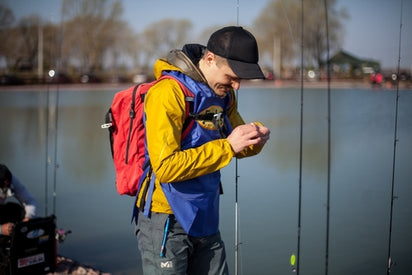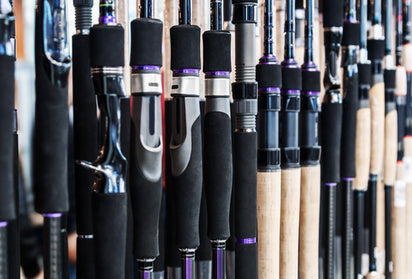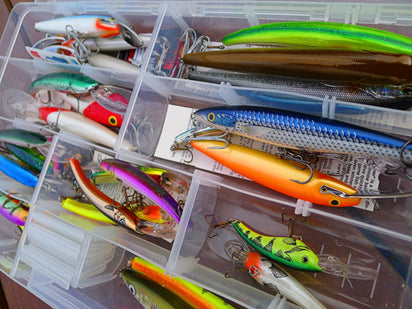Boat Winter Storage Tips
Winter boating storage is important for maintaining the condition and longevity of your boat, whether it’s stored on land or in a covered facility. Here are some tips to help ensure your boat remains in good condition during the colder months:
test
1. Clean the Boat Thoroughly
- Hull and Deck: Clean the exterior of the boat, removing any salt, dirt, algae, or grime. Use a marine cleaner designed for your boat’s material (fiberglass, aluminum, etc.).
- Interior: Empty out the boat and clean the interior, wiping down all surfaces and removing any leftover food or water that could cause mold.
- Bilge: Drain and clean the bilge to prevent standing water, which could lead to rust or mold.
test
2. Winterize the Engine
- Change the Oil: Change the engine oil and oil filter to prevent contaminants from settling and to ensure the engine is ready for next season.
- Flush the Cooling System: If you use freshwater cooling, flush the engine with antifreeze to prevent the engine from freezing.
- Fuel System: Add fuel stabilizer to prevent the fuel from degrading and clogging the system. Top off the fuel tank to avoid condensation buildup inside.
- Battery Care: Disconnect and remove the battery to prevent it from freezing or losing charge. Store it in a warm, dry place, and consider using a trickle charger or battery maintainer.
- Lower Unit: Check for water in the lower unit (gearcase). If there’s any water, change the lower unit oil to prevent freezing.
test
3. Protect the Hull
- Anti-fouling Paint: If your boat is in saltwater, consider reapplying anti-fouling paint to prevent barnacle buildup during the winter months.
- Inspect for Damage: Check for any cracks or signs of damage that could worsen during winter, and repair them before storing.
test
4. Cover the Boat
- Moisture Barrier: Use a high-quality boat cover to protect it from snow, rain, and UV rays. Ideally, use a breathable cover to allow moisture to escape while keeping debris and rain out.
- Support the Cover: Make sure the cover is properly supported to avoid sagging from rain or snow buildup. Use support poles or a frame to maintain the shape.
test
5. Store the Boat in a Safe Location
- Indoor Storage: If possible, store the boat indoors in a heated or well-ventilated space. This is the best option to avoid exposure to the elements.
- Outdoor Storage: If the boat must be stored outside, elevate it off the ground to prevent moisture damage from ice or snow. Use a sturdy, well-drained surface (like a gravel pad).
- Use a Boat Lift or Trailer: For boats on trailers, ensure the trailer is properly supported and the tires are inflated to the recommended pressure. If the boat is on a lift, make sure it’s properly secured and out of the water.
test
6. Check the Trailer
- Inspect Tires: Make sure the tires are properly inflated, and consider lifting the trailer to prevent flat spots from forming over the winter.
- Lubricate Bearings: If your trailer has bearing grease, consider repacking or checking the bearings to ensure they remain well-lubricated and rust-free.
- Cover the Trailer: Consider using a trailer cover or tarpaulin to protect the trailer from the elements and avoid rust.
test
7. Protect Other Components
- Remove Electronics: If possible, remove sensitive electronics (like GPS units, fish finders, and radios) and store them in a dry place to prevent damage.
- Inspect and Lubricate: Lubricate moving parts like hinges, locks, and any mechanical components to prevent corrosion or freezing.
test
By following these winter boating storage tips, you can ensure that your boat remains in excellent condition and is ready to use when the weather warms up. Pro Tackle World has everything you'll need to get your boat ready for the water!

test










